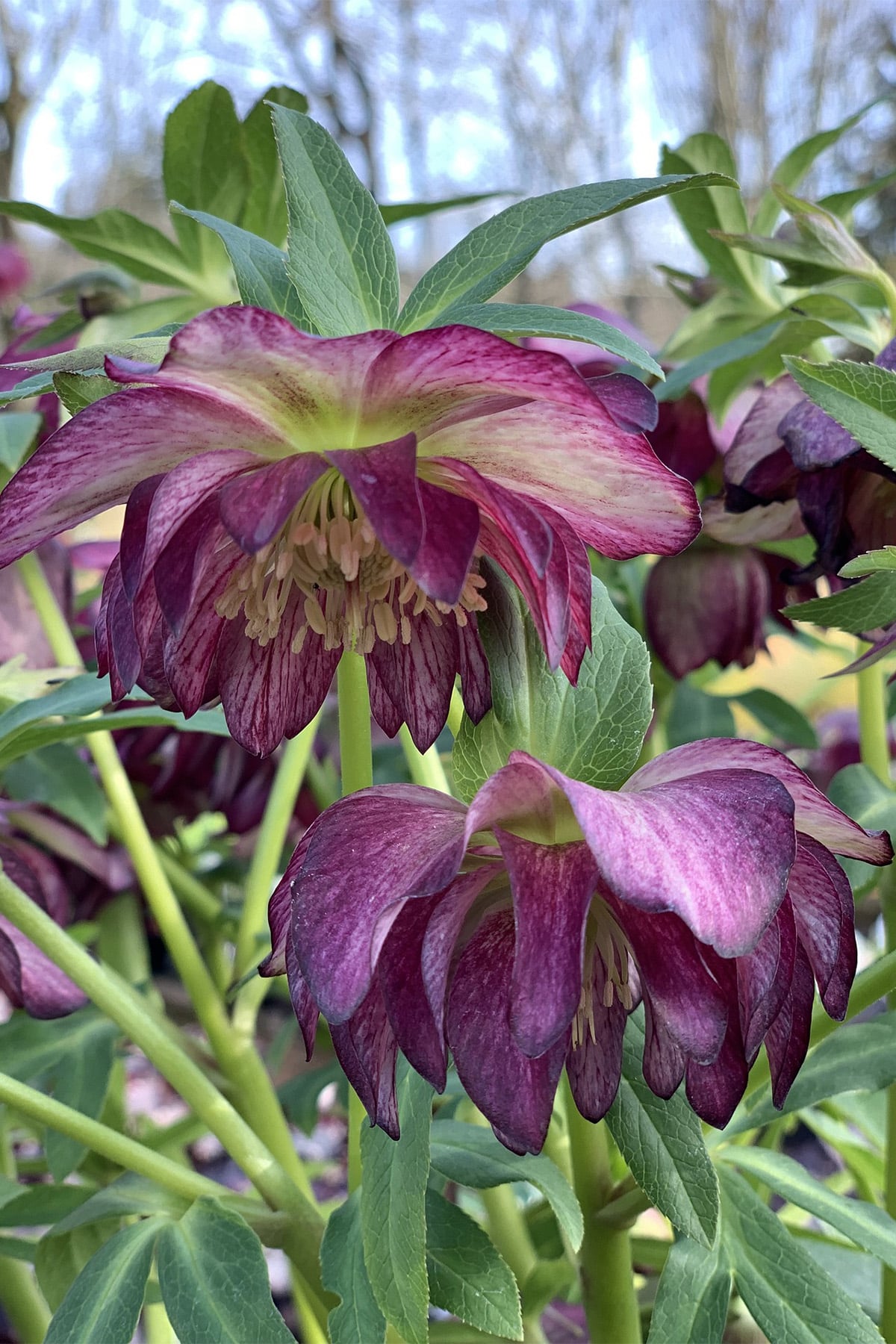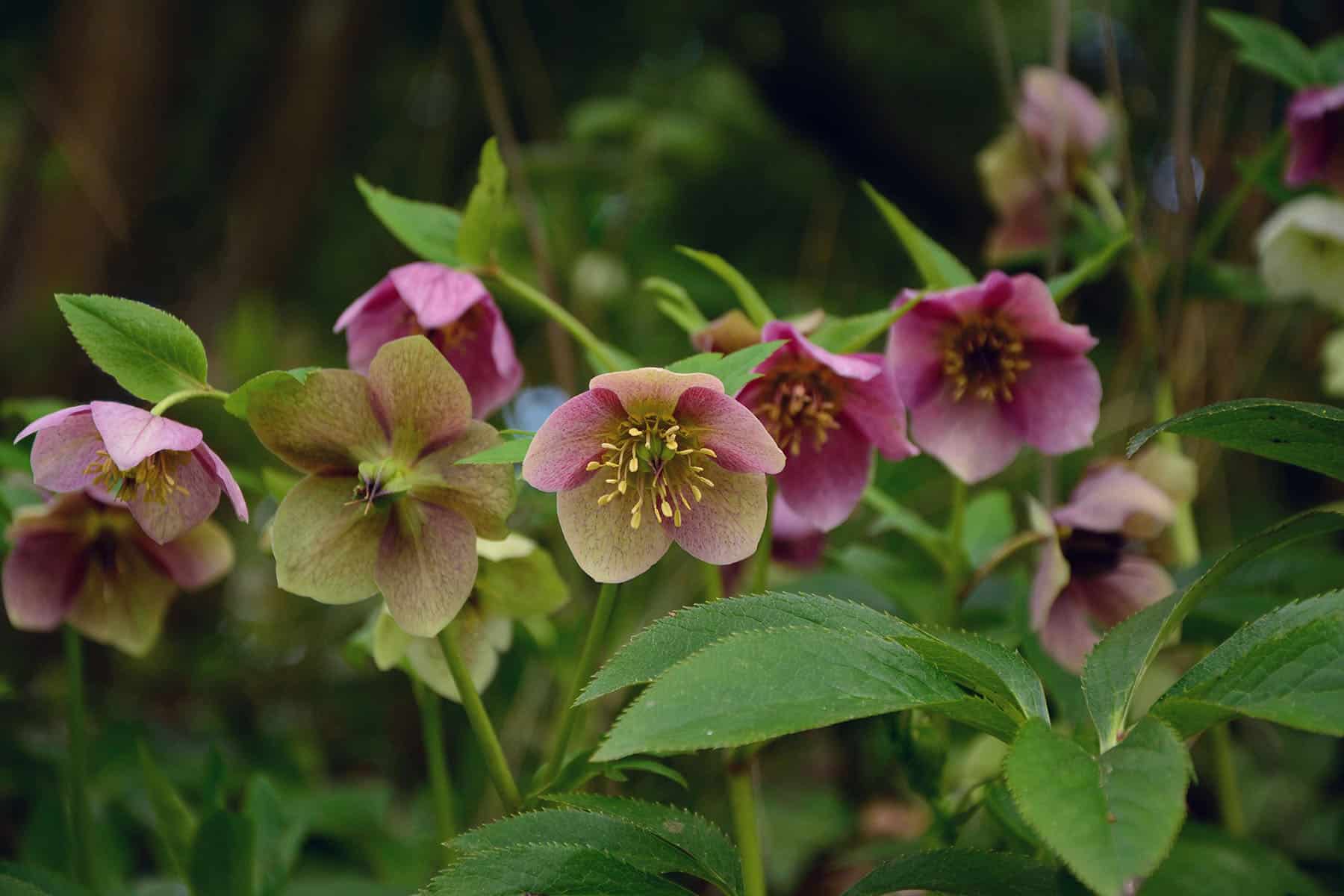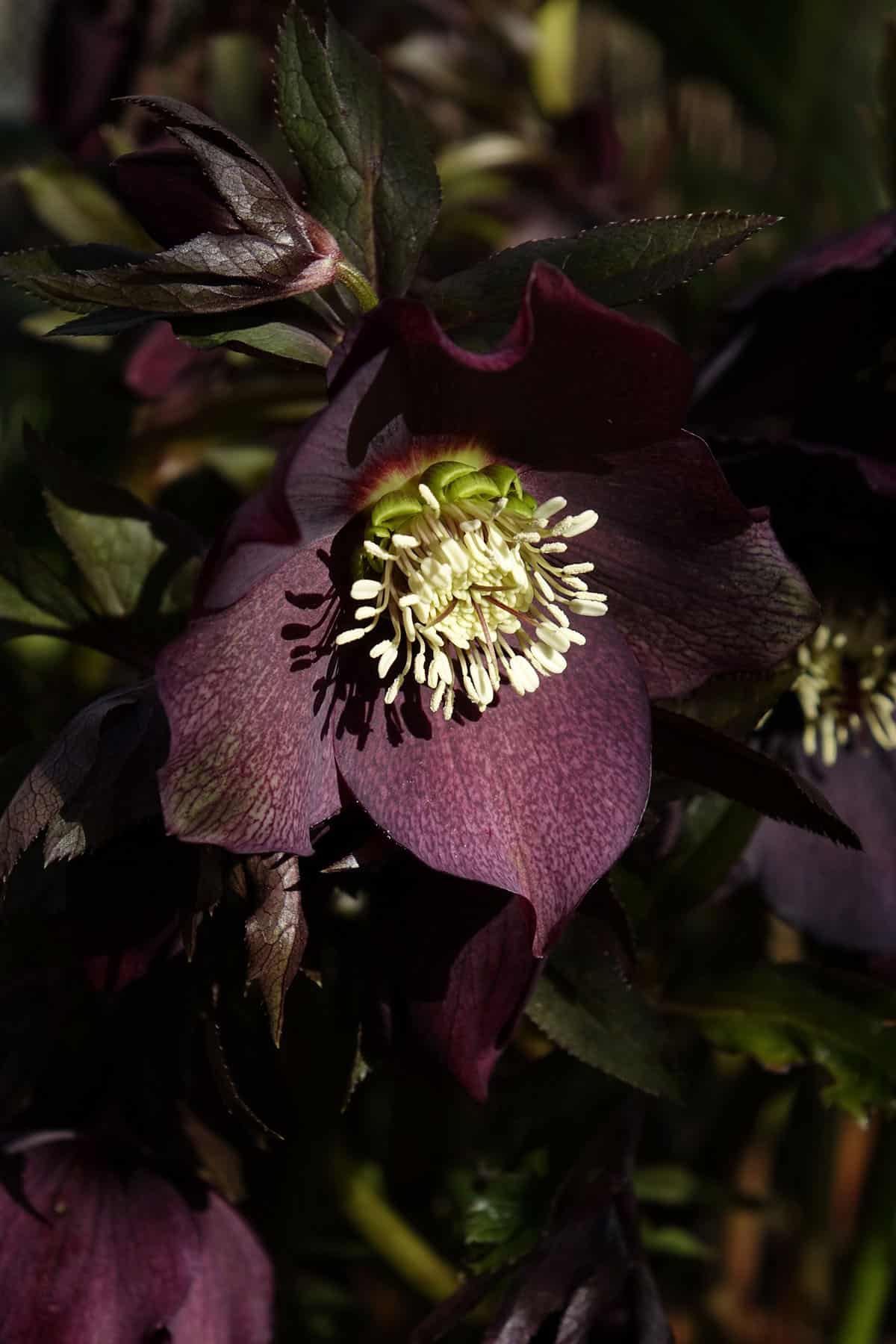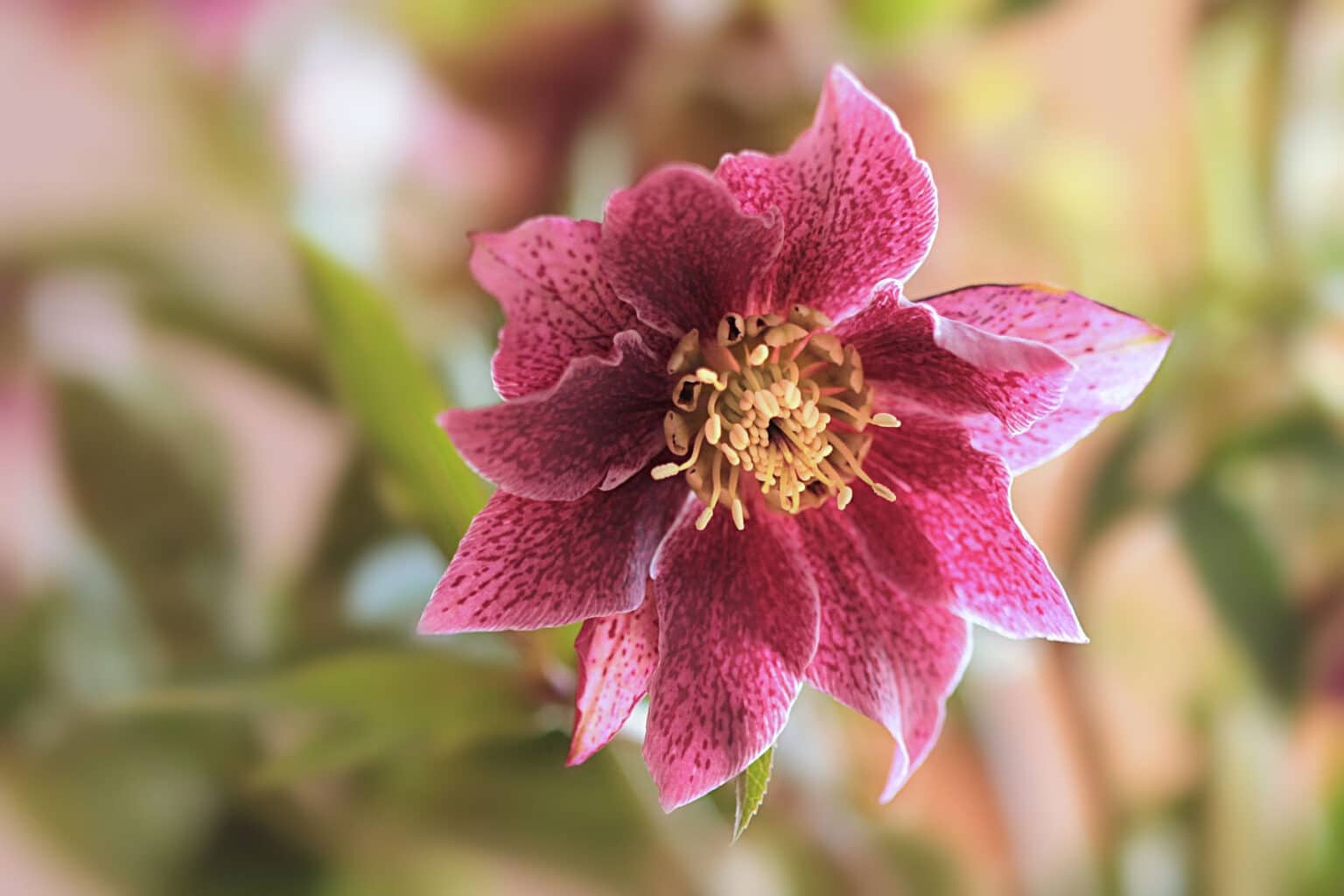Throughout much of the year, these small, evergreen perennials are easy to overlook. But this incredible perennial is one of the first indicators that spring is nearing, awakening when many other plants are still dormant. These lovely, rose-like flowers go by many names but are most commonly called Lenten Rose. Here is everything you need to know about hellebores.

The difference between Christmas and Lenten Rose
The term “Christmas Rose” typically refers to Helleborus niger, while “Lenten Rose” denotes Helleborus orientalis and its hybrids. These common names reflect their blooming season in the mild climates where they originate.
However, in the St. Louis climate, these plants often bloom from late February into May, depending on the weather and the specific cultivar planted. Many hellebores sold today are hybrids. Therefore, while both common names are acceptable, “Lenten Rose” is often the more accurate name to use.

History of Helleborus
Many stories have been told about hellebore throughout history. According to one legend, a child had no gift for the baby Jesus and wept. From the child’s tears, a Christmas rose sprang from the ground.
Pliny, a Roman author and naturalist, documented the uses of hellebore as early as 1400 B.C.
Medically, hellebore has been prescribed by physicians for centuries. It has been used to treat paralysis, gout, and insanity. It was also a common laxative from the Medieval period through the Victorian era.

Are Helleborus Poisonous?
All parts of the Hellebores plant contain toxic compounds that are harmful to both pets and humans if ingested. These compounds can cause symptoms such as excessive drooling, vomiting, abdominal pain, diarrhea, and lethargy.
Despite its historical use in medicine, the name of the plant derives from two Greek words. Bora translates to “food”, and helein means “injures/destroys”. Combined, they indicate “food that injures”.

How to Grow Helleborus
Hellebores thrive best in woodland-like settings abundant in organic matter. These deer-resistant perennials demand minimal maintenance and need little care once established. They remain evergreen except in the coldest conditions.
For successful growth in St. Louis:
- Plant in areas with partial to full shade.
- Add compost to ensure excellent drainage.
- Maintain even moisture and provide supplemental water during dry conditions.
- Avoid planting too deep as it can limit flowering.
- In early spring, remove old or damaged foliage when fresh growth appears.
- If desired, divide plants in the fall.




